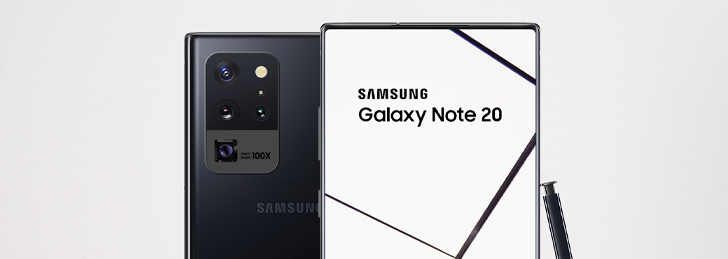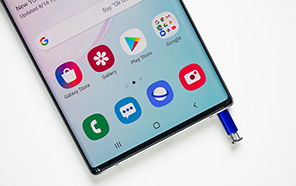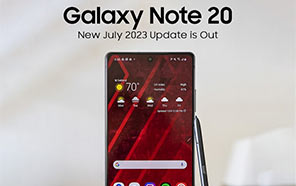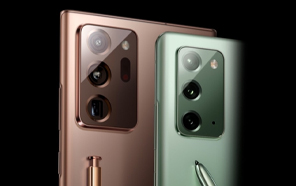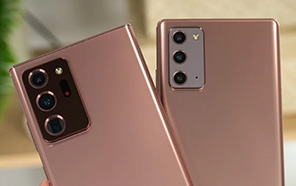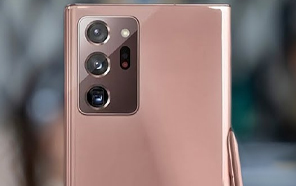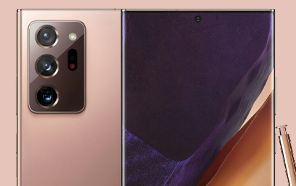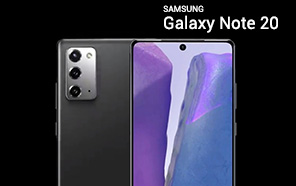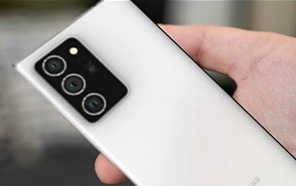As popular they are in most current-gen smartphones, higher refresh rates put a strain on battery life – and that’s true for any brand. This is why OEMs limit the resolutions at which these extreme refresh rates can be used. Consequently, even QHD+ phones can’t operate at 120Hz at their maximum resolution, but Samsung latest model might have found a way around the issue, and it might debut with the upcoming Samsung Galaxy Note 20 series.
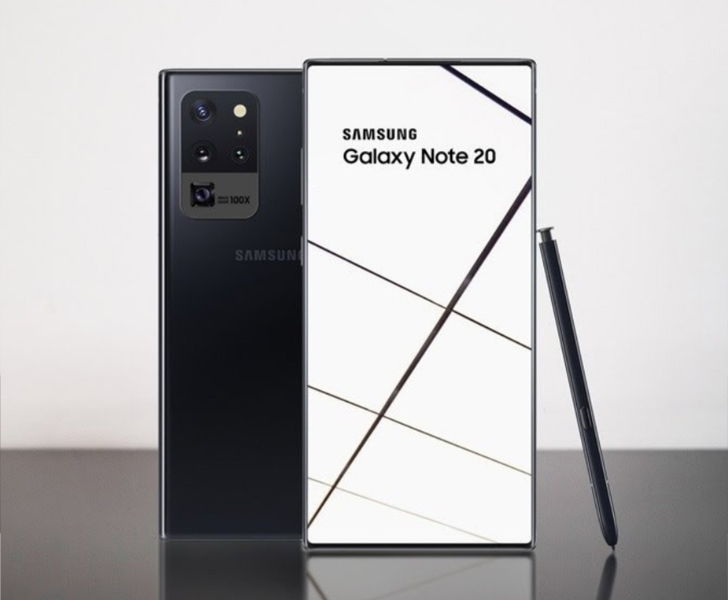
Samsung embraced the extreme refresh rates trend with the Samsung new model Galaxy S20 trio, which became the first Galaxy lineup to feature 120Hz displays. But the refresh rate is only applicable at an FHD+ setting, and not at the superior WQHD+ resolution. But that’s about to change.
According to the CEO of Display Supply Chain Consultants, Ross Young, the Samsung Galaxy Note 20 Plus will have a 6.8” screen that can produce a 3096x1444 resolution. More to the point, it’ll feature Low-Temperature Polycrystalline Oxide or LTPO backplane tech, which can increase the efficiency by 5%-15%, which can be translated into variable refresh rate switching.
Note 20+ Display Leak
— Ross Young (@DSCCRoss) May 11, 2020
Note 20+ will grow from 6.8" to 6.87", resolution will increase to 3096 x 1444 resulting in a 497 PPI, 19.3:9 aspect ratio. It will also have 120Hz refresh with LTPO, lowest power implementation of 120Hz due to variable refresh. #GalaxyNote20+
Given that variable refresh rate displays in the market right now only let you toggle between preset rates, an OLED panel that uses LTPO will afford a true variable refresh rate -- letting Samsung control the rates more dynamically, saving power in the process.
Unlike the S20 series which offers the same higher-than-average refresh rate across the board, the 120Hz feature will be limited to the higher-end Galaxy Note 20+. The standard variant will produce a standard 60Hz rate. Per Mr. Young, Note 20 will not use the LTPO solution, which will create a stark rift between the base and premium editions. Though, its display extends to 6.42 inches, compared to the 6.3-inch display on its predecessor, the vanilla model only produces an FHD+ resolution.
Note 20 Update - while the Note 20+ remains LTPO and 120Hz, the Note 20 will be LTPS and 60Hz. Makes sense since LTPO costs more and should appear first in premium models. You can do 120Hz with LTPS, but it consumes a lot of power. LTPO is the best implementation for 120Hz.
— Ross Young (@DSCCRoss) May 12, 2020
The source further details that Samsung is lopping off the ‘Ultra’ edition, which not only suggests that the Note 20 lineup will be decidedly different from the S20 trio but also hints at the Note 20 family debuting with only two members:Samsung Galaxy Note 20 and Note 20+. Though, it’s plausible that the highest-end edition carries an entirely new moniker.
If you want a display bigger than that of the Note 20+ complete with an S-pen, you’ll have to go for the upcoming Galaxy Fold 2.
